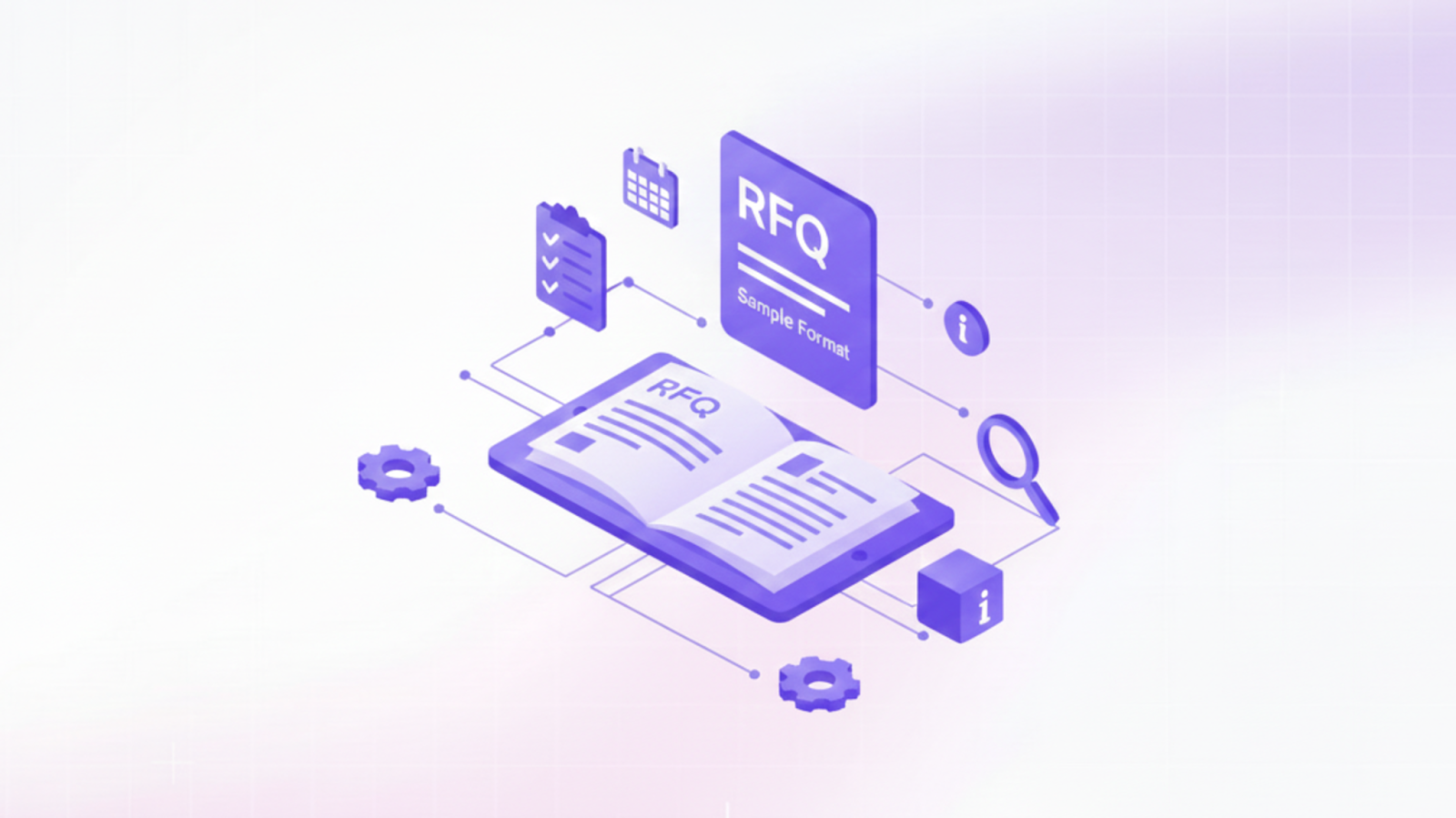Manual sales processes are still prevalent across organizations due to a number of factors like cost, complexity, and lack of understanding of benefits of digitization to name a few. These manual tasks can have a significant negative impact on the overall operational efficiency and productivity of a sales team. Here’s a breakdown of how:
- Takes up valuable time: Manual tasks like data entry, report generation, and contact management can be very time-consuming, taking away from time that could be spent on selling activities.
- Causes resource bottlenecks: Your team will find it hard to manage a larger volumes of tasks if you’re purely reliant on manual effort to get things done.
- Leaves more room for errors & inconsistencies: To err is human. By performing high frequency repetitive tasks manually, your team is more prone to making mistakes.
- Provides no scope for growth: As your team grows, handling everything manually becomes increasingly difficult and unsustainable.
In this blog, we’re going to explore the true cost of sticking with manual sales activities and what steps you can take to eliminate these hidden costs.
Manual sales processes can eat away at your revenue potential
Individually, certain tasks might seem insignificant in terms of time and effort, but as a business grows, these tasks slowly pile up to create a drain on resources and productivity for your sales team. This ultimately impacts your top line. Here are some key hidden time costs that can potentially impact revenue:
Costs contributing to inefficiencies:
- Context switching: Jumping between multiple tools and spreadsheets to track deal progress, manage your data, qualify leads, and communicate across teams can be a waste of time and impact the overall focus of your sales team.
- Repetitive tasks: Performing the same action again and again can be tedious and makes you prone to errors.
- Manual reporting: Creating manual reports can be time-consuming and such reports often lack the depth of insight in identifying patterns and behaviors.
Costs leading to missed opportunities:
- Communication delays: Relying on manual channels such as cold-calling or email can lead to delays in communication, allowing for competitors to swoop in and win over your prospect.
- Inefficient lead qualification: Qualifying leads based on inaccurate or outdated criteria due to a lack of up-to-date information and manual management can result in lost opportunities.
- Missed upsell & cross-sell opportunities: Being unable to get a clear idea of your prospect’s needs and buying history can impact your ability to view the larger picture.
Costs impacting win rates:
- Lack of personalization: Adopting a ‘one size fits all’ approach, as is often the case with manual processes, can mean that you’re unable to personalize or customize your communications and offerings based on your customer’s needs.
- Inaccurate information: Relying on manual effort can lead to mistakes due to human error, creating friction between your sales team and your customer impacting trust.
Here’s how AI & automation can help reduce these hidden costs
Integrating AI and automation into the right parts of your sales process can help increase productivity, improve scalability, and provide data-driven insights to ultimately boost revenue and reduce costs. AI-powered tools can help empower your sales teams, freeing them from time-consuming repetitive tasks and allowing them to focus on building trust and relationships with your prospects and customers. Here are four easy steps you can take to effectively integrate AI and automation into your sales process:
Step 1: Identify high-volume tasks
Analyze your sales process and pinpoint those tasks which will be easy to automate. Start with high-volume, repetitive administrative tasks which require less human judgment and decision-making.
Step 2: Choose the right vendor: 3 things to keep in mind
While there are existing frameworks when it comes to vendor assessments such as: the 10C model of supplier evaluation you can refer to when choosing a vendor, we believe in a more simple approach. Here are the top three things to assess when choosing the right vendor for your business:
- Ease of use: The tool you choose needs to be easy to use to ensure the adoption within your team is high.
- Integration capabilities: Ensure the tool has the ability to connect seamlessly with your existing tech stack and ecosystem. This will also ultimately help with accurate data reporting.
- Security: Look for an ISO or SOC2 certification in technology vendors and specifically verify their security and compliance policies around data privacy and protection.
Examples of AI-powered tools you can implement to streamline your sales process include CRM systems, sales automation platforms, and specialized tools to help with sales responses or reporting.
Step 3: Establish a connected network of data
Ensure all your selected tools can integrate seamlessly with one another to establish a strong network of data. You can use data from multiple sources to publish insightful reports on productivity, lead scoring, and more.
Step 4: Train your sales team
Embrace a culture of innovation and provide your sales team with the right training and support to ensure the tools you’ve implemented are put to good use.
Take your sales processes to the next level
We now understand that the hidden costs of manual sales activities can weigh heavily on businesses, affecting efficiency and profitability. Embracing AI and automation can have several benefits for your sales organization, such as:
- Enhancing efficiency by automating repetitive tasks
- Freeing up valuable time for sales teams to focus on high-value activities such as relationship building and strategic planning
- Improving accuracy and consistency, reducing the risk of human errors
- Providing data-driven decision-making, leading to more informed strategies
The introduction of Generative AI has only enriched the ways in which AI and automation can help streamline your sales process. Ultimately, AI can help businesses scale their operations, adapt swiftly to market changes, and deliver a more personalized customer journey.










